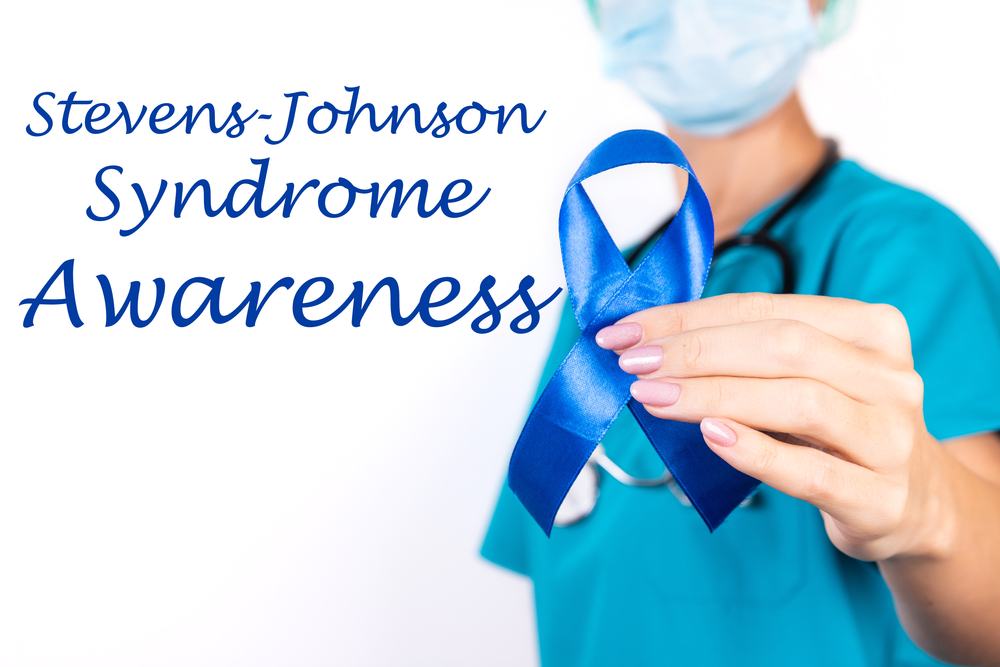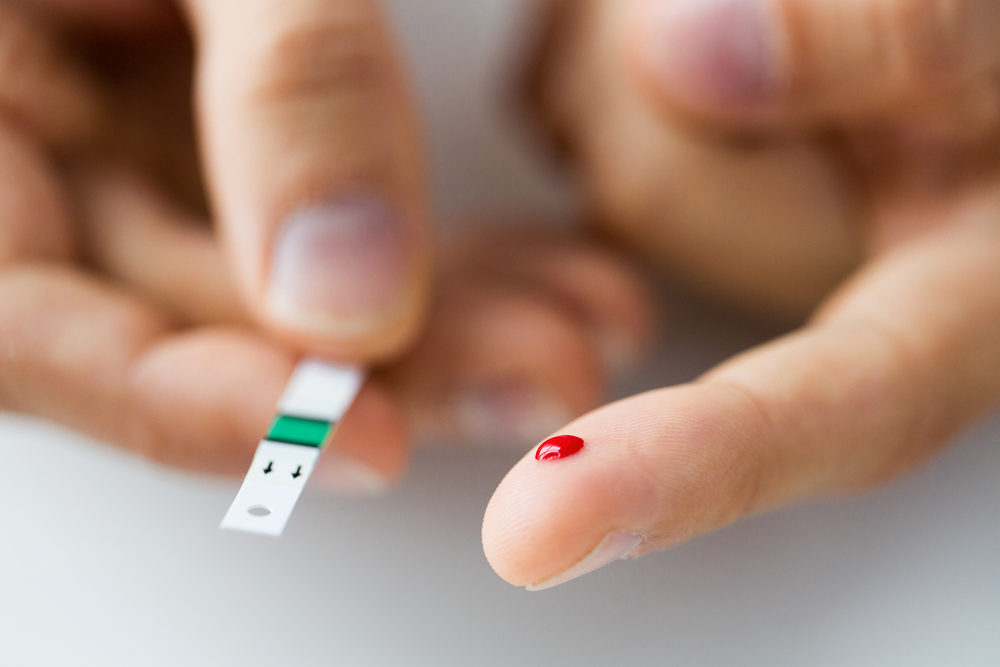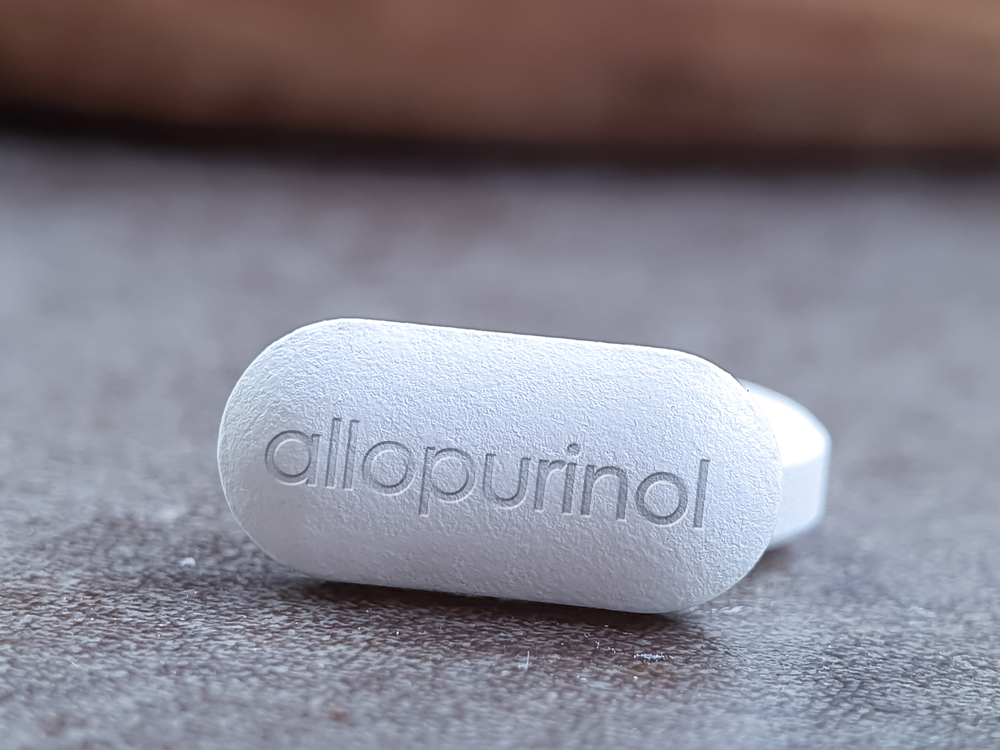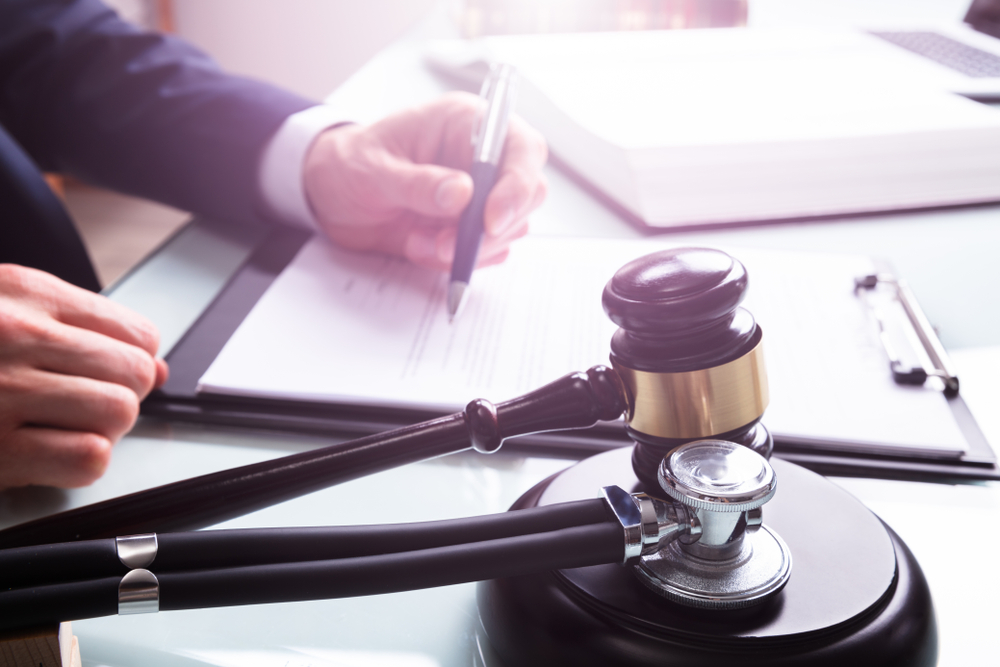Why Rashes After Taking Anti-Seizure Medications Need to Be Taken Seriously
An anti-seizure medication (ASM) can have positive effects on individuals dealing with various conditions, such as epilepsy, migraines, and mood disorders. However, along with the benefits of these drug treatments, there is a possibility that the patient could experience concerning side effects in the form of a skin rash potentially leading to hospitalization and life-altering consequences.
Although most skin rashes associated with these medications disappear without intervention, there is a chance that a rash caused by taking a medication could develop into Stevens-Johnson syndrome (SJS).

SJS can begin with flu-like symptoms and progress to include a blistering skin rash involving the mucous membranes. If the condition worsens, it may develop into an even more serious condition known as Toxic Epidermal Necrolysis (TEN). TEN requires immediate hospitalization and has a 30 percent mortality rate.
Some of the more recognized anti-seizure meds associated with SJS and TEN include levetiracetam, clobazam, phenobarbital, and carbamazepine.
Research Focuses on Medications and Severe Skin Rashes
Dealing with life-threatening challenges caused by skin conditions like SJS/TEN is something that nobody wants to experience, but as more and more patients rely on anti-seizure medications associated with these skin issues, understanding the risks of SJS becomes increasingly important.
Researchers at the Rutgers Robert Wood Johnson Medical School recently analyzed data on ASMs and severe skin rashes. They shared their findings in a report in The Current Treatment Options in Neurology.
The major part of their research was examining medical records of patients who developed SJS after taking one of the anti-seizure drugs. The team also compared the severity of cases and identified potential triggers for the skin issues.
According to the report, up to 16 percent of patients taking anti-seizure medications develop skin rashes. While a rash typically disappears within 10-14 days, in about five percent of cases, the rash worsens, suggesting a more severe condition.
The researchers highlighted several factors that contribute to reactions. They include a patient’s genetic makeup (specifically genes associated with the immune system, such as the HLA-B gene), simultaneous use of other medications, and rapid dosage increases by the doctor.
They also noted that patients using certain aromatic anti-seizure drugs like phenobarbital or carbamazepine are at a higher risk than those using other ASMs.
What Can Doctors Do to Protect Patients from SJS?
The report is a reminder to the medical community of the need to collect a patient’s complete medical history, along with specific blood tests, before prescribing medications. The report also encourages doctors to consider starting with “a lower starting dosage,’’ in order to prevent a reaction from escalating.
Medical practitioners should also keep in mind when it comes to these types of drugs that skin reactions are a relatively common side effect so doctors (and patients) must be prepared to take quick action if one occurs.
“Identifying and informing high-risk patients when to seek medical attention, stopping the culprit ASM when a severe reaction looks possible, and providing appropriate medical triage can reduce morbidity and mortality from severe skin and systemic reactions,’’ the report said.
Along with ASMs, there are other medications linked to Stevens-Johnson syndrome. These range from over-the-counter pain relievers including naproxen sodium (Aleve), ibuprofen (Advil or Motrin), and acetaminophen (Tylenol) as well as the well-known gout medicine, allopurinol, and antibiotics used to treat HIV infection including sulfasalazine and nevirapine.
Contacting a Lawyer about SJS Injuries
When prescribing medications carrying a risk of skin conditions like SJS and TEN, the patient must receive complete information on the side effects to monitor their reactions correctly. The responsibility of providing the drug side effects to patients falls on practitioners who diagnose the illness and prescribe the treatment, those who distribute the prescription at the pharmacy, and those who manufacture the drug (and ensure the label has a proper warning).
Failure to provide vital information to a patient at any part of their treatment constitutes negligence and can lead to a patient’s decision to take legal action and file an SJS medical malpractice lawsuit.
Although filing a lawsuit may seem overwhelming, it is essential to hold the medical community accountable for patient safety. This includes doctors, nurses, hospital staff, pharmacists, and drug makers. At the same time, the road to recovery from Stevens-Johnson syndrome is a challenging one and with the help of an experienced Stevens-Johnson syndrome lawyer, a patient can better receive the medical and financial support they need.
















